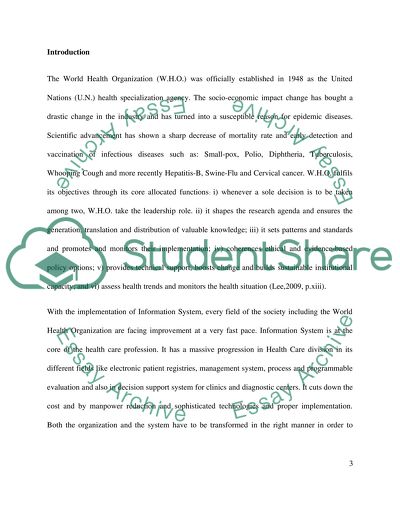Cite this document
(“World Health Organization and Health Information Systems Research Paper”, n.d.)
Retrieved from https://studentshare.org/family-consumer-science/1412954-world-health-organization-and-health-information
Retrieved from https://studentshare.org/family-consumer-science/1412954-world-health-organization-and-health-information
(World Health Organization and Health Information Systems Research Paper)
https://studentshare.org/family-consumer-science/1412954-world-health-organization-and-health-information.
https://studentshare.org/family-consumer-science/1412954-world-health-organization-and-health-information.
“World Health Organization and Health Information Systems Research Paper”, n.d. https://studentshare.org/family-consumer-science/1412954-world-health-organization-and-health-information.


